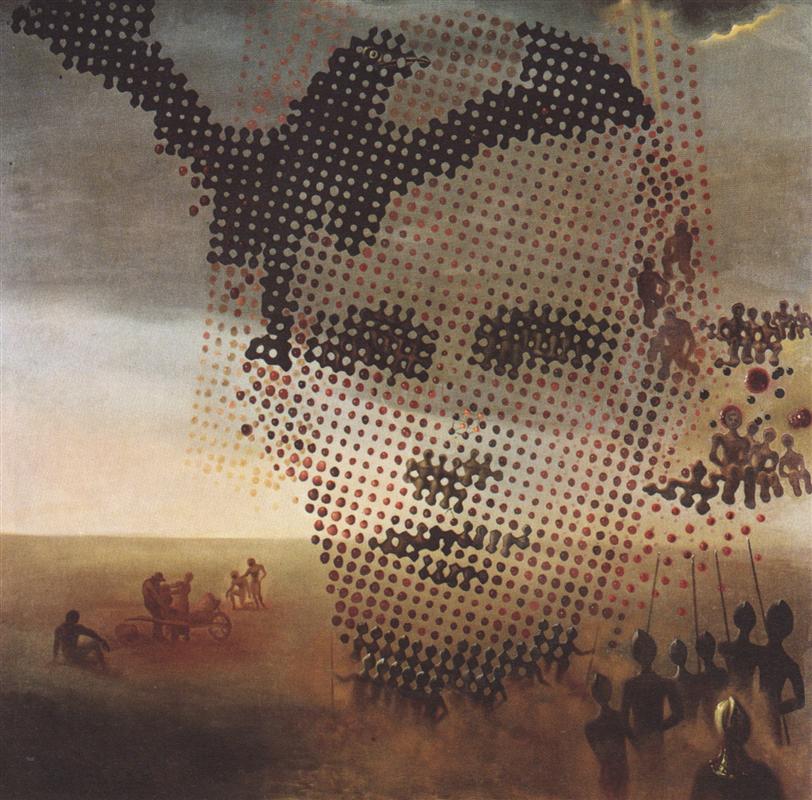The First Days of Spring
7:00 AM |
| Salvador Dali, The First Days of Spring, 1929 |
By SARAH XU
Salvador Dali is, in general, a strange and random artist. Many of his surrealist paintings can not be fully interpreted. The First Days of Spring was painted a couple of months before Dali joined the Surrealist movement. He called this painting “veritable erotic delirium,” which means he wanted to create shocking, detailed images. The various images seen in The First Days of Spring reappear many times in Dali’s other paintings.
Similar to many of his other paintings during his Surrealist period, Sigmund Freud’s theories were the main influence. Freud’s Interpretation of Dreams suggested a person’s childhood experiences were the source of someone’s fears, desires, and neuroses. As a tribute to his inspiration, the old man with the little girl on the right of the painting is thought to be a representation of Freud.
In the center of The First Days of Spring, there is a photo of Dali as a child, which further indicates the scattered and seemingly random images relate to his childhood. This painting was painted in 1929, a time when Dali and his father’s relationship was unstable. Dali’s father was becoming more and more disappointed in his son’s occupation and behavior, which caused their relationship to be strained. Figures of a man and a boy appear many times in Dali’s other paintings, while the seated man on the left is said to be Dali’s father in The First Days of Spring, signifying Dali’s desire to mend their broken relationship. The distressed man leaning on a woman in the front of the painting shows Dali’s sorrow towards his father while the contrasting happy artwork directly behind the two figures symbolizes Dali’s hope to be happy once again. Furthermore, the two fighting men in the back could be seen as a representation of Dali’s suffering. Although viewers see Dali as a peculiar man, each portion of his eccentric paintings represents something meaningful in his life.











0 comments